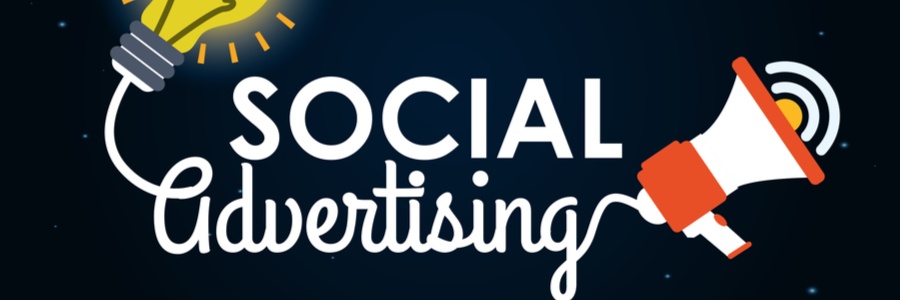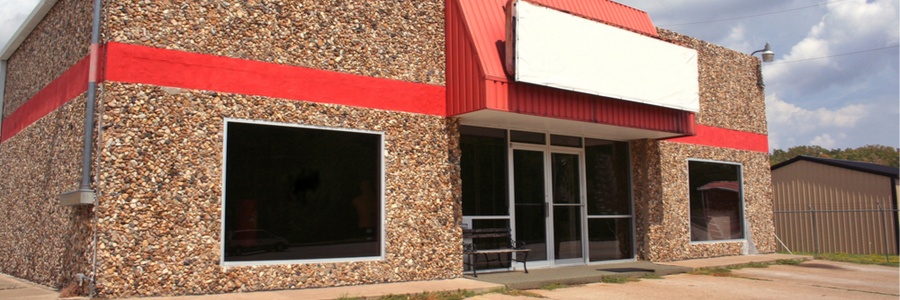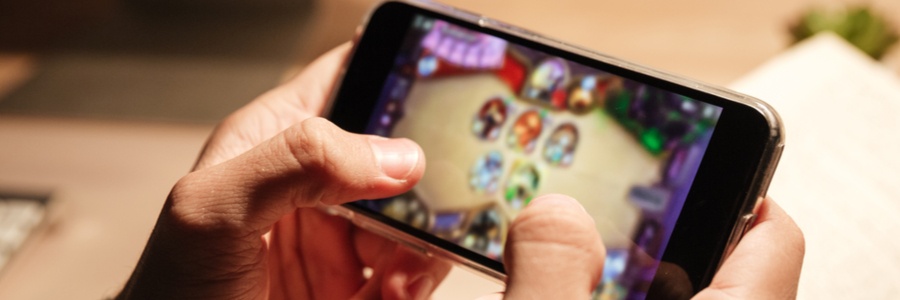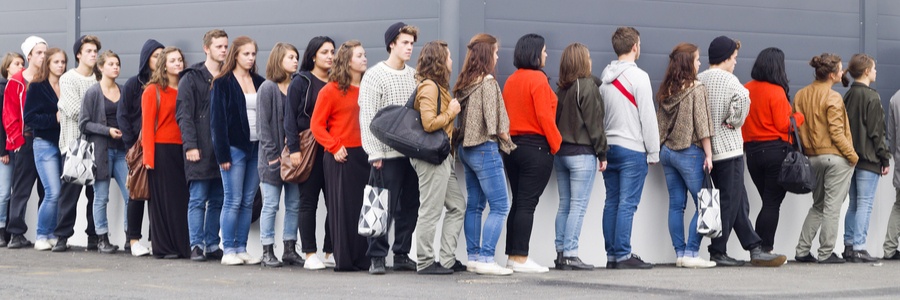
Santa Claus came to MFour shortly after last year's Christmas season to solve his biggest consumer satisfaction problem: chronic annual shortages of the hottest toys.
His elves' off-target toy production had been based on recommendations from online market researchers who relied on multi-sourced, third-party data to draw inferences about consumer preferences. Flawed data and off-target forecasting led to wasted effort in Santa's Workshop and unwanted gifts under trees. Many very "nice" children were spending Christmas morning wondering whether Santa had categorized them as "naughty," and therefore undeserving of their preferred gifts.
Santa came to MFour for a solution. The recommendation was Digital Brand Tracking. This groundbreaking new capability lets clients observe consumers' shopping and buying activities on Amazon, a key indicator of their interests and preferences. With Digital Brand Tracking, Santa was able to observe what real, validated first-party consumers were searching for online. Then he followed up with real-time mobile surveys to get fresh, Point-of-Emotion® insights into the presents they want. And thanks to constant tracking, Santa can continue to watch for consumer trends right up to Christmas Eve, and beyond.
“I already know who’s been bad or good, but some of the good kids were getting toys they didn't want," Santa said. "Thanks to MFour, the elves and I have eliminated wasted production of unwanted goods and refocused on items that will spread comfort and joy. Now I can confidently promise on-time production and delivery of the toys children actually love. It's really something to Ho-Ho-Ho about!"
Digital Behavior Tracking isn’t just for Santa. Businesses of all sizes can leverage this new solution from MFour for greater insight and understanding of validated, first-party consumer behavior. Don’t rely on stated data to get the answers you need. Take the power of observed shopper behavior and combine it with real-time surveys of profiled, demographically representative respondents to ensure the highest-quality consumer data. To learn more about this transformative technology and its uses, please complete the form below.









